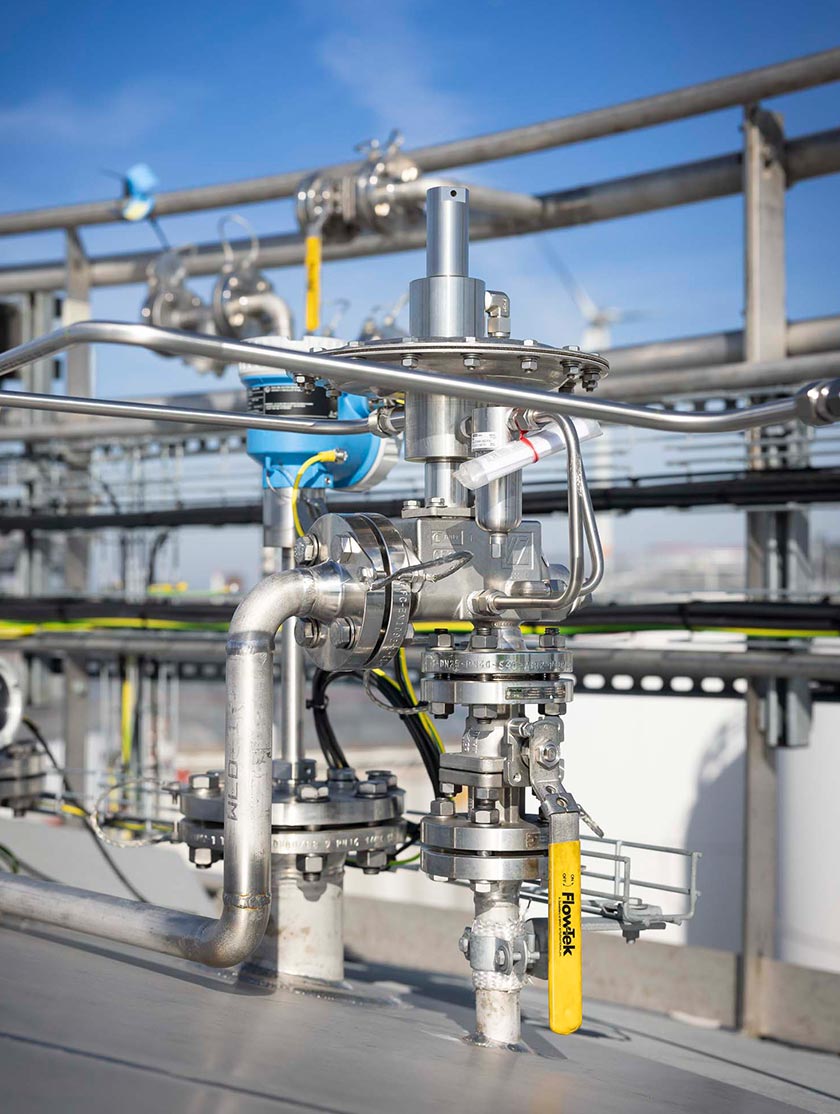How Pressure Reducing Regulators Ensure Safety in Medical Gas Systems
How Do Pressure Reducing Regulators Work in Medical Gas Systems?
Medical gas systems are critical infrastructure in healthcare facilities, delivering essential gases such as oxygen, nitrous oxide, and medical air to various points of use. The pressure reducing regulator (also referred to as pressure regulator) is a key component that ensures the safe, reliable, and accurate delivery of these gases. Understanding how pressure reducing regulators work in medical gas systems is essential for healthcare professionals, biomedical engineers, and facility managers to maintain safety and performance standards.
What is a Pressure Reducing Regulator?
A pressure reducing regulator is a mechanical device designed to reduce the inlet pressure of a gas to a stable, desired outlet pressure. In medical gas systems, these regulators ensure that gases are delivered at appropriate pressures to patient care devices, preventing excessive pressure that could damage equipment or harm patients.
Role of Pressure Reducing Regulators in Medical Gas Systems
Medical gas systems typically receive gases from high-pressure sources, such as cylinders or centralized piping systems. These gases must be delivered at lower, controlled pressures to the point of use. Pressure reducing regulators:
- Protect downstream equipment and patient interfaces from damage caused by high pressure.
- Ensure constant gas flow by maintaining a stable output pressure regardless of supply pressure fluctuations.
- Improve system safety by preventing overpressurization.
How Pressure Reducing Regulators Work
Pressure reducing regulators operate by a balance of forces controlled by internal components such as springs, diaphragms, and valve mechanisms.
- Inlet Pressure: The regulator receives high-pressure gas from the source, which enters the inlet side of the device.
- Restricted Flow Valve: Gas flows through a set of valves that partially restrict the passage to reduce pressure. The position of this valve is adjusted to maintain the desired outlet pressure.
- Sensing and Feedback Mechanism: A downstream diaphragm or piston senses the outlet pressure. This diaphragm is connected to a calibrated spring mechanism to maintain a preset pressure.
- Adjustment Mechanism: When the downstream pressure drops below the set point, the spring pushes the valve open further, increasing flow rate and pressure. Conversely, if the downstream pressure exceeds the set point, the diaphragm moves against the force of the spring, causing the valve to close slightly, reducing flow rate and pressure.
- Stable Outlet Pressure: This feedback loop ensures continuous balance, maintaining a constant outlet pressure regardless of pressure variations in the supply source or fluctuations in demand.
Key Components of a Medical Gas Pressure Reducing Regulator
| Component | Function |
|---|---|
| Inlet and Outlet Ports | Connect to the supply line and distribution line respectively. |
| Valve Seat and Valve | Regulate the flow of gas. |
| Diaphragm | Detects downstream pressure changes. |
| Spring | Sets the desired outlet pressure. |
| Adjusting Screw | Allows calibration of the outlet pressure. |
| Pressure Gauges (Optional) | Indicate the inlet and outlet pressures for monitoring purposes. |
Importance of Proper Selection and Maintenance
Selecting the right pressure reducing regulator with the correct pressure range, flow capacity, and suitable material compatibility is crucial for system reliability and patient safety. Regular inspection, calibration, and maintenance can prevent malfunctions that could lead to dangerous pressure spikes or inadequate gas delivery.
Conclusion
Pressure reducing regulators are indispensable devices in medical gas systems. They ensure that high-pressure gases are reduced to safe, constant levels suitable for patient care. Using a precise balancing mechanism with diaphragms and springs, these regulators maintain stable pressures and protect downstream equipment, thus playing a vital role in the safety and efficiency of medical gas distribution systems. Proper understanding and maintenance of these regulators are essential for healthcare facilities wishing to provide safe and reliable medical gas services.
New to Pressure Reducing Regulators? Start with Expert Support |
Whether you're just learning the basics or comparing regulator types, Cashco’s lineup offers solutions for every industrial need. Browse our pressure reducing reglator models or complete the Regulator Sizing Form to get personalized guidance from our team.
See Pressure Reducing Regulators in Action |
Our animation breaks down how a pressure reducing regulator controls pressure with precision.





